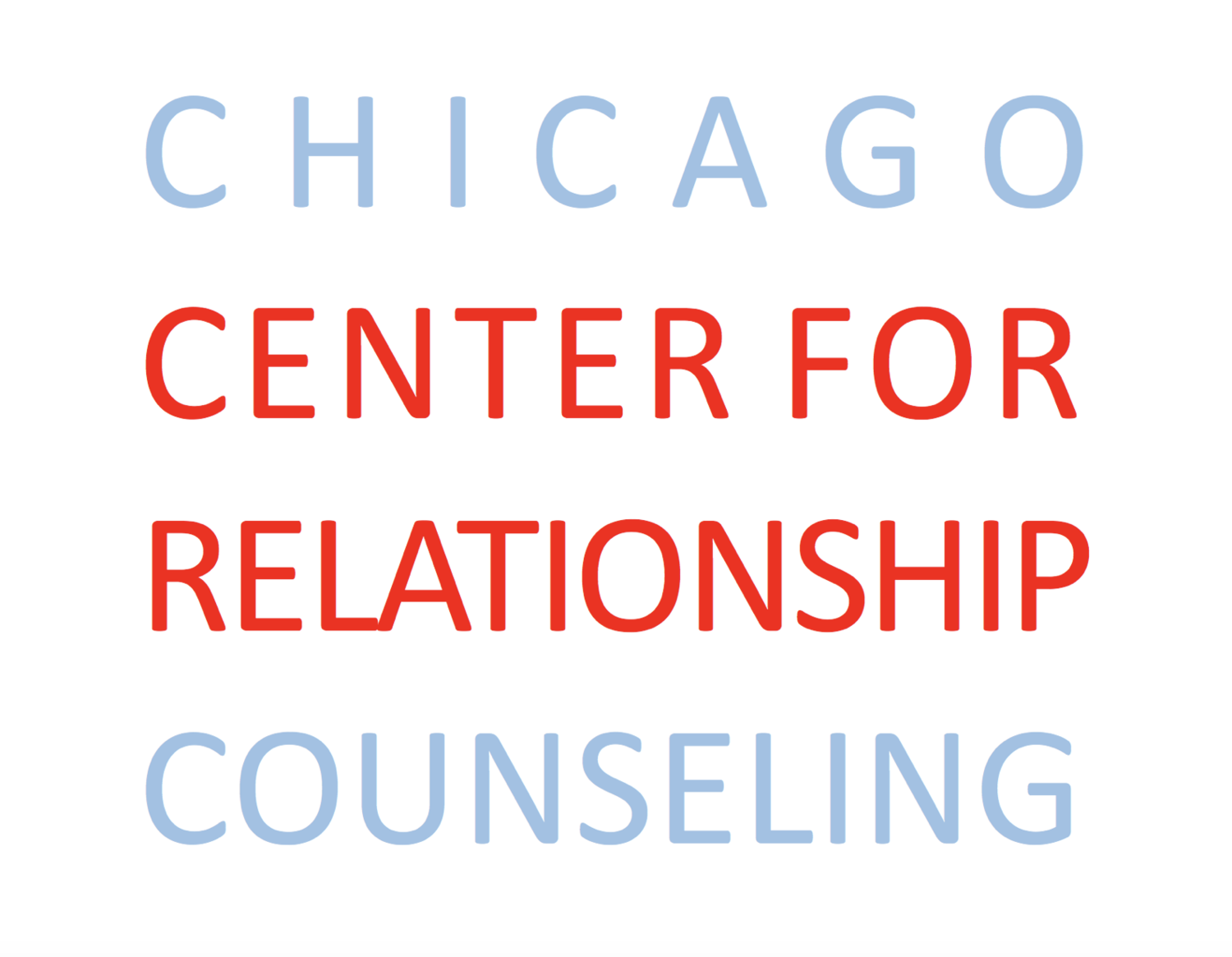One of My Favorite Couples Therapy Exercises, & Why it’s Important!
If you take a peek at the early history of the field of Psychology, you may notice a significant focus on pathologizing- focusing on what is abnormal, unhealthy, or wrong. While there have been significant shifts in the field since then (such as the introduction of the field of Positive Psychology and a strengths-based approach), you may still notice this phenomenon in any given therapy session, or in your own day-to-day lived experience. Do you notice yourself registering or focusing on what has gone wrong in your day, or what is a potential deficit of your relationship? One explanation of this is what Psychologists called the human Negativity Bias, which essentially refers to the fact that negative events have a more significant impact on our brains than positive ones. Not only does this mean we tend to pay more attention to negative stimuli, but this attention bias also means our brains code these experiences and memories as having more importance than neutral/positive events. (And if in this exact moment you are judging your brain for this bias and the impact it may have had on your life/mood/relationships- I invite you to extend a compassionate lens to this concept. From a developmental/evolutionary perspective, it is this exact negativity bias that primes us to scan for threats around us- we need to notice these more readily and prominently than neutral stimuli in order to keep ourselves safe. This ‘scanning for threat’ tendency in our brain that has protected us and kept us alive- So thanks, negativity bias!)
AND, let’s think about what this means relationally- One conclusion we can consider is that as humans we are naturally disproportionately primed to notice every time our partners do something we consider ‘wrong’ or let us down, and not every time they do something ‘right.’ This does not mean we should then simply discredit the ‘wrongs’ we are experiencing in our relationship and chalk them up to a hard-wired bias, but instead that there may be value in considering that we may unconsciously be overlooking some of the efforts, extensions of care, or general ‘positive’ attributes of our partners or relationships on a regular basis.
If you have a sneaking suspicion that this may be taking place in your relationship(s) and impacting your relational satisfaction or decision making, I offer you my own personal twist on psychologist Richard Stuart’s Caring Days exercise:
Step 1: Set aside 5-10 minutes to sit down with your partner(s)- grab two pieces of paper and two pens
Pro tip: find some time when you both can be as present as possible and dedicate your full attention/thought/care to the activity
Step 2: Your assignment: Silently write down a list of all of the small, day-do-day things that your partner does that make you feel loved - we’re not thinking grandiose gestures here, we’re thinking specific, small acts of care (ex: asking my how my day was, picking up my favorite __ from the grocery store, turning the coffee maker on in the morning for me)
Pro tip: If you notice yourself wondering what your partner is writing, who will have the longer list, or whether your items are ‘good enough’- you are human. This is not a competition- notice these thoughts (they are just thoughts), and gently refocus your attention on the task at hand. Do this over and over if needed.
Step 3: Turn towards your partner, and explore together the process of making these lists (NOT the content- we’ll get there!). What emotions, physical sensations, thoughts, or behaviors did you notice while making the list? Do you feel heavier or lighter than you did prior to the activity? How do you feel towards your partner?
Step 4: Pick one item on your list and read it to your partner, explain why this gesture makes you feel loved/ why it is important to you (take turns)
Step 5: Exchange lists. (If you struggled creating the list, give yourself 24 hours to continue to think/add to your list, and exchange them at the end.)
Step 6: You guessed it, do some items on the list this week!
Arguably the most important, Step 7: Shine your intention this week NOT on noticing how many things on the list YOU are doing, but on NOTICING your partner’s loving gestures. Be on the lookout (scan, if you will) for all of the things your partner does on a regular basis to communicate their love and care.
Step 8: At the end of this week (or in your next couples therapy session!) create some time to sit down together and explore what you noticed. Practice some positive reinforcement here- what did you appreciate that your partner did? What did you admire? Did you notice any shifts in your feelings/judgments towards them throughout the week?
You will leave this exercise essentially with a blueprint of how to make your partner feel loved and cared for on a daily basis. The original exercise involves turning this list into alternating special, ‘caring days,’ in which the intention of the day is for one partner to shower the other with care. However, if we consider our earlier discussion of our automatic negativity bias, I would argue that using this exercise to bring conscious attention to your partner’s loving gestures on a daily basis is a great first step toward rewiring our brains attention towards appreciation, gratitude, and admiration in our romantic relationships.
Give it a try, and share your experience in the comments!
***To read more about the human negativity bias, check out this recent blog post by CCRC’s own Josh Hetherington- https://chicagocenterforrelationshipcounseling.com/ncrc-blog/2021/10/6/the-power-of-bad
Cacioppo JT, Cacioppo S, Gollan JK. The negativity bias: Conceptualization, quantification, and individual differences. Behavioral and Brain Sciences. 2014;37(3):309-310.



